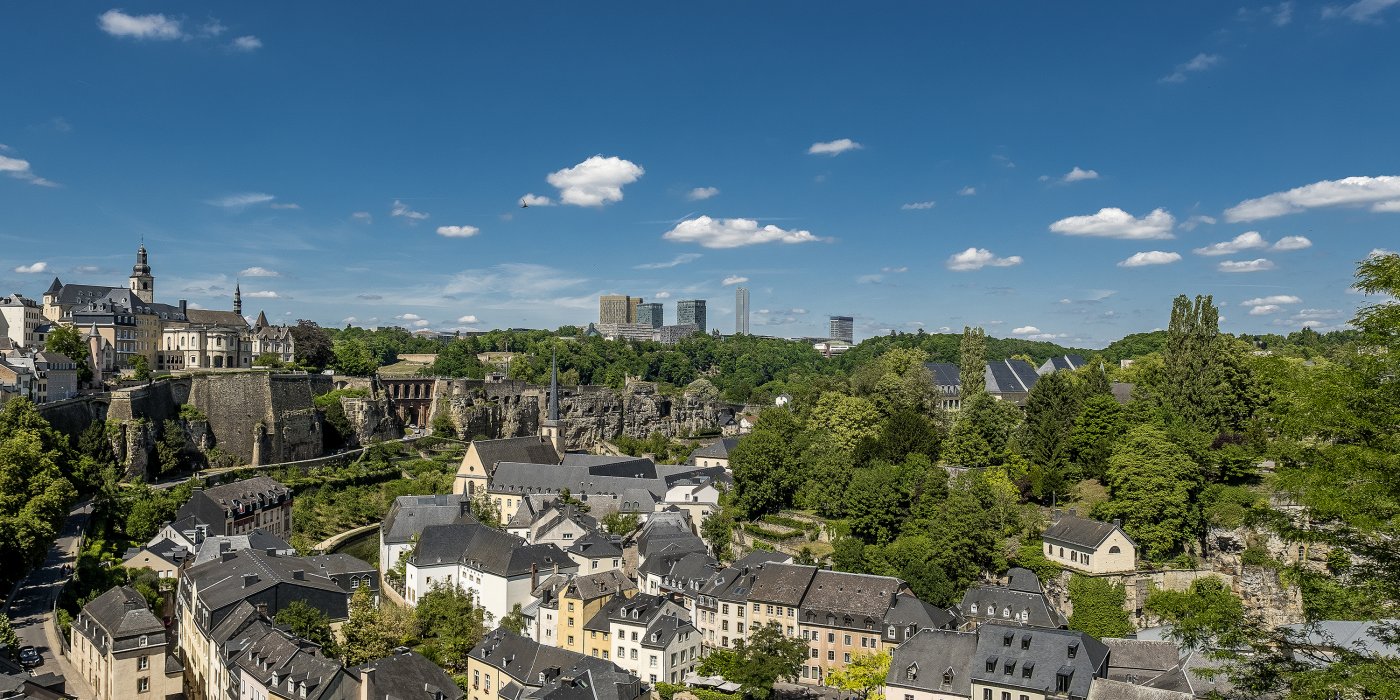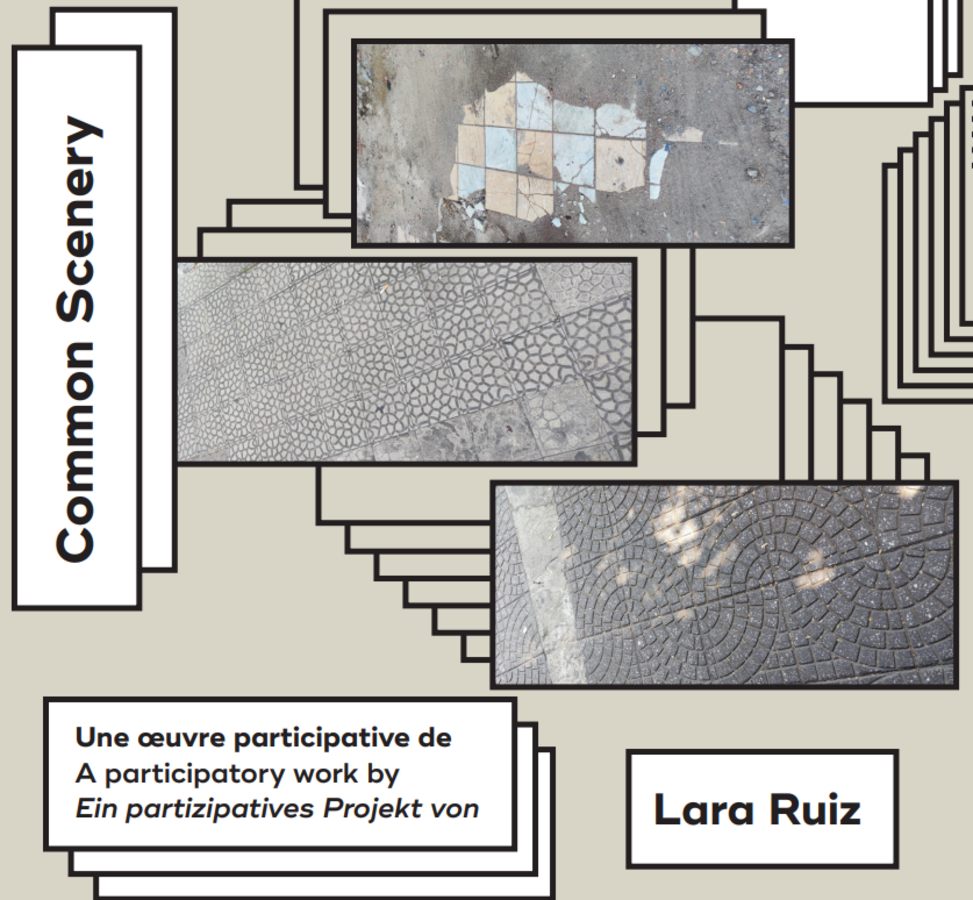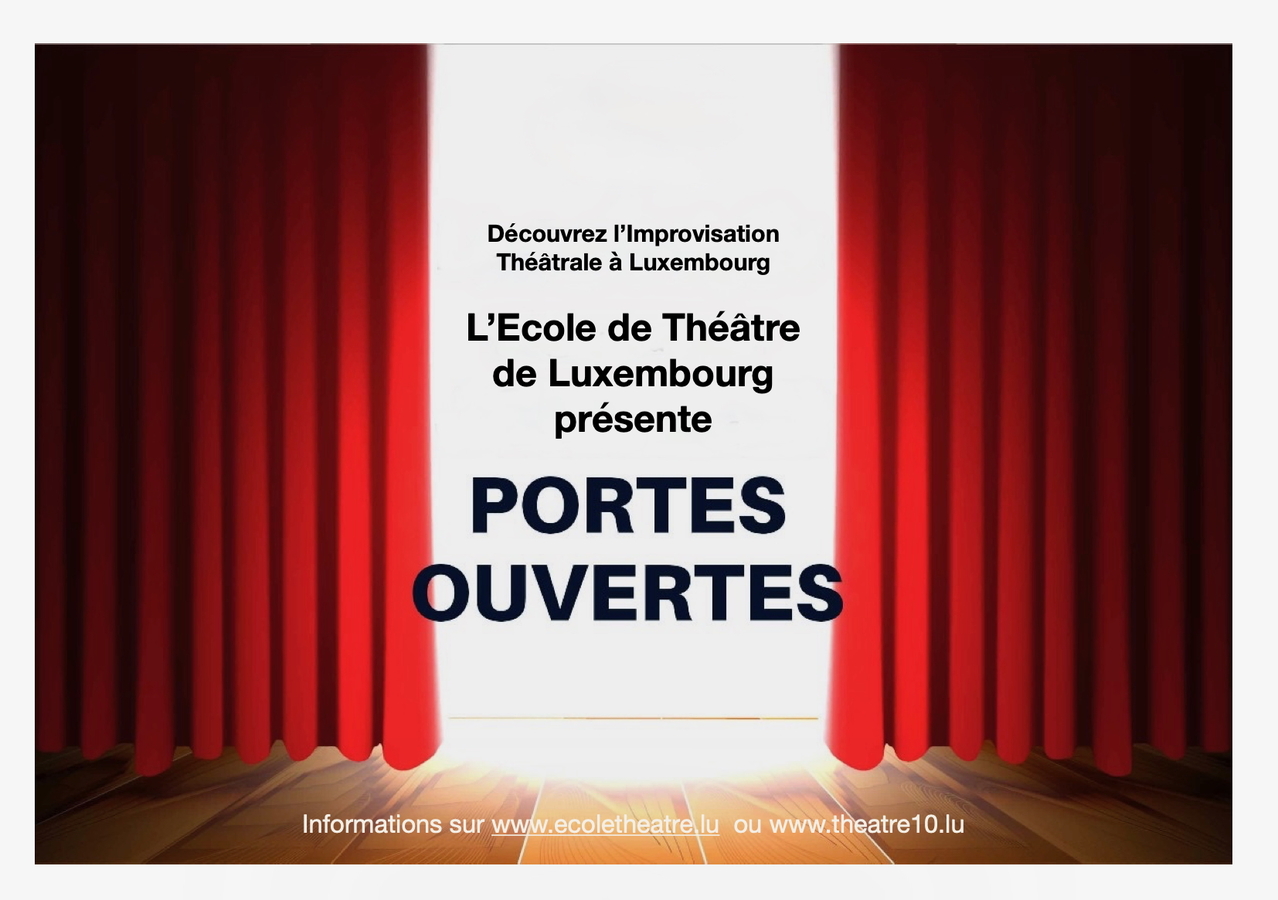Description
The concession for the cemetery plot on which the Winkler-Manderscheid monument stands expired in 2003. The plot was acquired in 1912 for the interment of Charles-Guillaume Winkler (1888–1912), a barber who died a bachelor in an accident in Paris at the age of 24. His parents, Charles Winkler (1850–1932) and Susanne Manderscheid (1862–1945), owned a grocery store on Rue de l'Eau, which their son Henri (1891–1937), also a bachelor, took over.
Their daughter, Alice (1893–1972), married Auguste Wirion (1890–1961), an engineer who graduated from the École spéciale des Travaux Publics in Paris in 1926. He joined the National Roads Administration (Administration des Ponts et Chaussées), where he became the Diekirch district engineer in 1928 and Luxembourg district engineer in 1933. During this period, Auguste Wirion was a member of the special committee that created the network of walking routes within the former fortress of Luxembourg.
Wirion was an active member of the Société d'hygiène mentale (Mental Health Society), which placed a bronze victory branch on his grave. Water quality was a topic Auguste Wirion frequently spoke about in his public lectures. In 1950, he was appointed director of Roads, a position he held until his retirement in 1955. The planning of the channelling of the Moselle was one of the major projects he led during his career. The monument has two components, with the headstone commemorating the Winkler family and dating back to 1937, the year in which Henri Winkler died. The burial monument was built in 1961, when Auguste Wirion died. The headstone, as a symbol of life, features a magnificent bronze created by Jean-Théodore Mergen (1884–1972), a sculptor whose works can be found in the collections of the Musée National d'Histoire de l'Art (National Museum of History and Art). The bas-relief depicts a scene inspired by ancient Greece, in which the deceased is shown alive and standing up.













